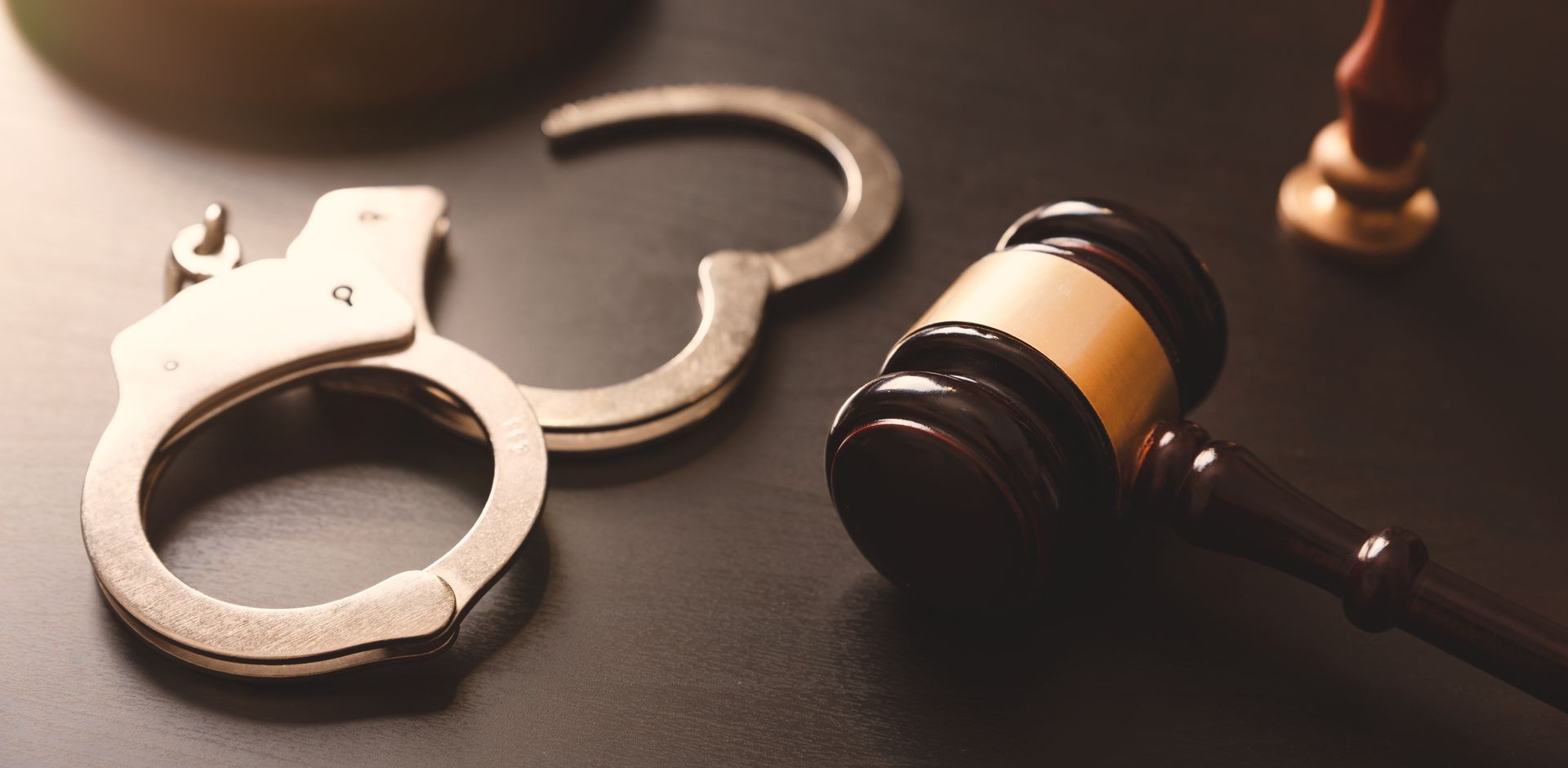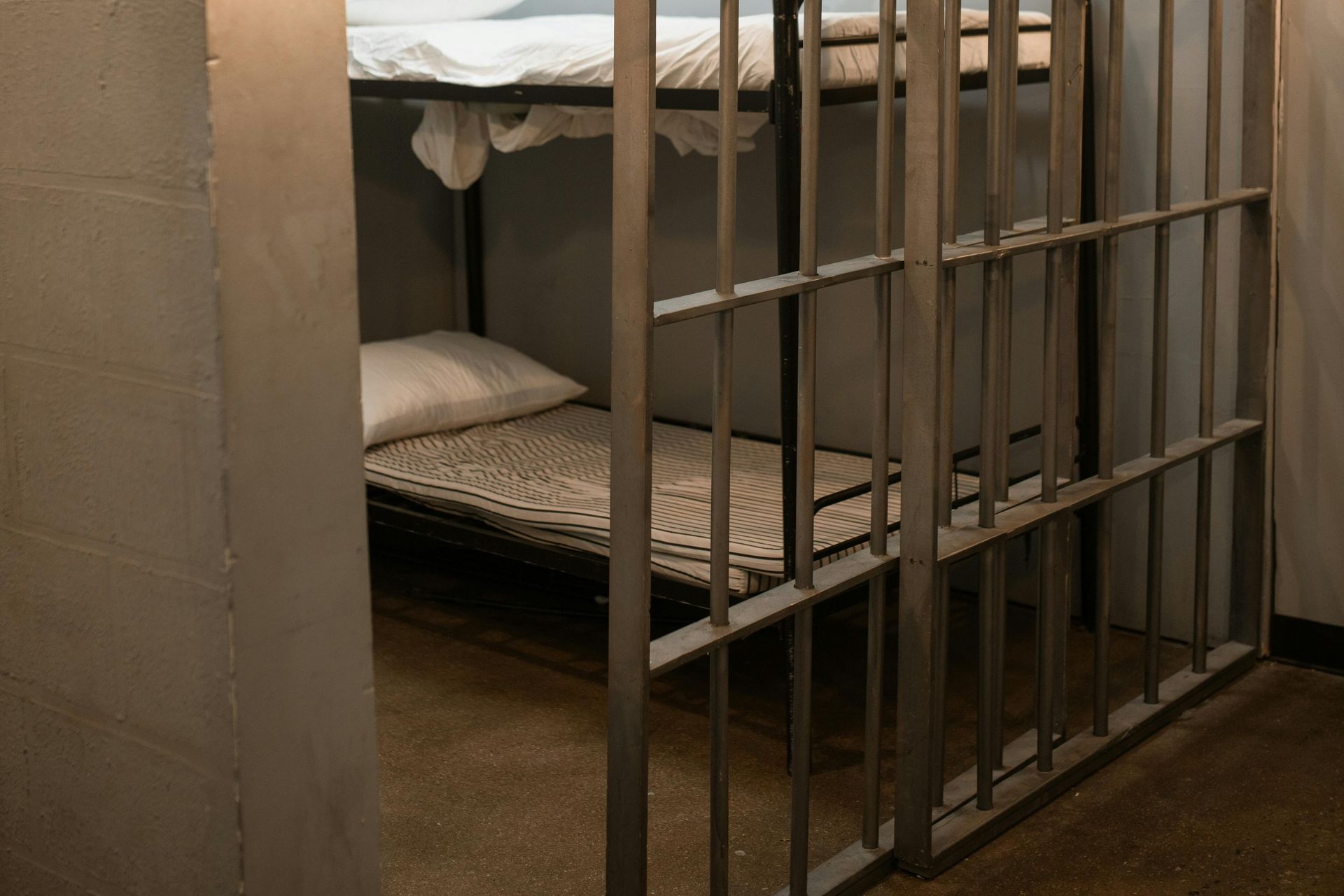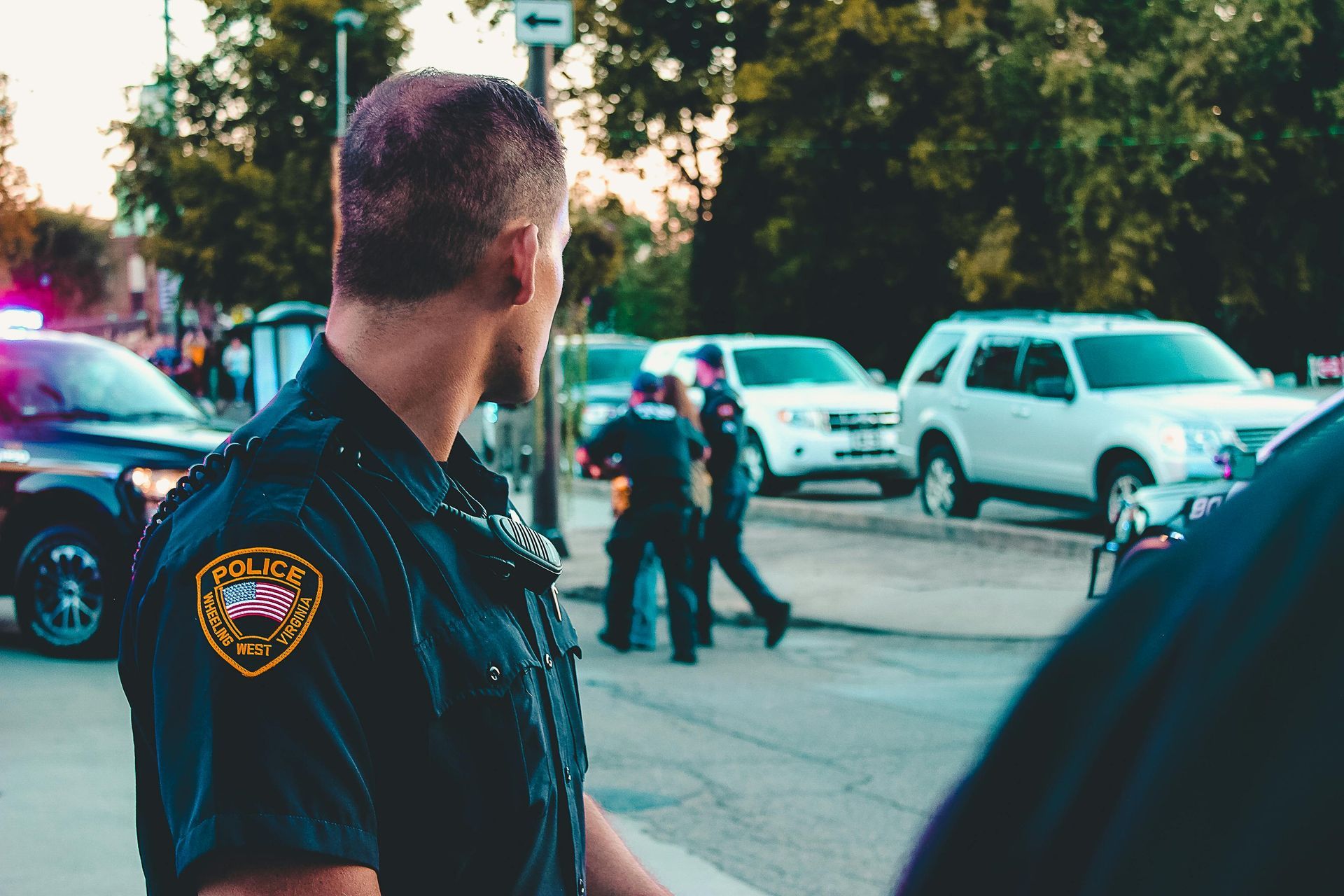Understanding Evidence in a Criminal Trial
If you’re awaiting trial for your criminal charges, you’re likely under a great deal of stress. With so much hanging in the balance, you may ask yourself questions like, “What happens if I’m found guilty?” or “How will the prosecution approach the case?” Another factor to consider is evidence and how it will be used in the trial.
When you need answers, team up with a knowledgeable attorney. At Strand Law Offices, LLC, we’re ready to help you understand the role evidence will play in your case and advise you on ways to combat opposing arguments. After all, this is your future we’re talking about. Don’t trust it to just anyone. Schedule a consultation with our criminal defense attorney today to learn more about your options. We represent clients in West Chester, Pennsylvania, as well as those in Lancaster County and its surrounding counties.
What Is Evidence?
In a criminal trial, the term “evidence” refers to materials that can be used to prove or disprove an element of the crime at hand. Both the prosecution and the defense must submit evidence prior to the trial. This gives each side the chance to review the opposing party’s evidence and, potentially, object to the introduction of certain evidence.
Types of Evidence
Evidence can take the form of a tangible item or a piece of information. Common forms of criminal trial evidence include:
- Witness testimonies
- Written statements
- Audio or video recordings
- Photographs
- Documents
- Physical objects, such as clothing or a weapon allegedly used to commit an offense
- Digital evidence, including both data and the media storing the data
- Scientific findings, such as DNA test results
- Demonstrative evidence, such as displays, charts, or models used to educate the judge or jury about a complicated issue
Each party is responsible for producing its own evidence. Once evidence is presented, each will be tasked with the burden of persuading the judge or jury of its role in the case.
Direct vs. Circumstantial Evidence
Most criminal trials involve the presentation of both direct and circumstantial evidence. Both types are equally considered when forming a judgment, as neither is more valuable than the other.
Direct evidence establishes a fact and often comes in the form of a suspect confession or an eyewitness statement. Direct evidence tends to be less reliable, as personal accounts are not guaranteed to be accurate.
Circumstantial evidence merely suggests a connection or link to the crime in question and requires that the judge or jury make an indirect judgment about what happened. An example of circumstantial evidence would be fingerprints found at the scene of a crime. When tested and identified, they can link someone to a crime, but they cannot prove guilt beyond a reasonable doubt.
Relevance of the Evidence
Under Pennsylvania law, a piece of evidence is deemed relevant if:
- It has the ability to make a fact more or less probable than it would be without the evidence; and
- The fact is helpful to the case’s resolution.
When determining whether the evidence makes a fact more or less probable, the trier of fact (i.e., the judge or jury) must rule out any other reasons, experiences, scientific principles, and testimonies presented up to that point.
What Evidence May Be Not Admissible?
Admissible evidence is evidence that has been entered prior to trial and deemed eligible for presentation. In order for evidence to be admissible, it must be relevant. However, relevant evidence can also be considered inadmissible.
The Federal Rules of Evidence outline the reasons for a piece of evidence being inadmissible. For example, Rule 403 states that “the court may exclude relevant evidence if its probative value is substantially outweighed by a danger of one or more of the following: unfair prejudice, confusing the issues, misleading the jury, undue delay, wasting time, or needlessly presenting cumulative evidence.”
Hearsay and evidence referring to a person’s character are generally ruled inadmissible. If you’re wondering whether the evidence you have will be ruled out, contact us at Strand Law Offices, LLC in West Chester, Pennsylvania.
What Is Hearsay?
Hearsay is an out-of-court statement made in court in order to prove the truth of the matter it is asserting. For instance, suppose someone mentioned to a witness, outside of court, that the defendant committed insurance fraud. If the prosecution tried to introduce this information as evidence, it would be rejected.
Exclusionary Rule
After reviewing the evidence submitted by the prosecution prior to your trial, you may find some of it was obtained in violation of your constitutional rights. In situations like these, you can move to have the evidence suppressed under the exclusionary rule, therefore preventing it from being used in court. Many defendants file motions to suppress evidence on grounds that it violates their rights under one of the following constitutional amendments:
- The Fourth Amendment (protection from warrantless searches and seizures)
- The Fifth Amendment (the right to remain silent)
- The Sixth Amendment (the right to representation by counsel in a criminal proceeding)
A key thing to note about the exclusionary rule: a defendant may only seek suppression of evidence if the evidence was obtained in violation of their own rights. Any evidence found against the defendant during a warrantless search of someone else’s property may not be subject to suppression by the defendant.
Get Dedicated Representation. Contact Us Today.
Don’t go into your criminal trial without being fully aware of your rights. For questions about how evidence will impact your case, reach out to us at Strand Law Offices, LLC. Our criminal defense attorney is prepared to help you understand your options and fiercely advocate for you in court. Schedule a consultation with us today to get started. From our office in West Chester, Pennsylvania, we proudly serve clients throughout the area, including residents of Lancaster County and its surrounding counties.








